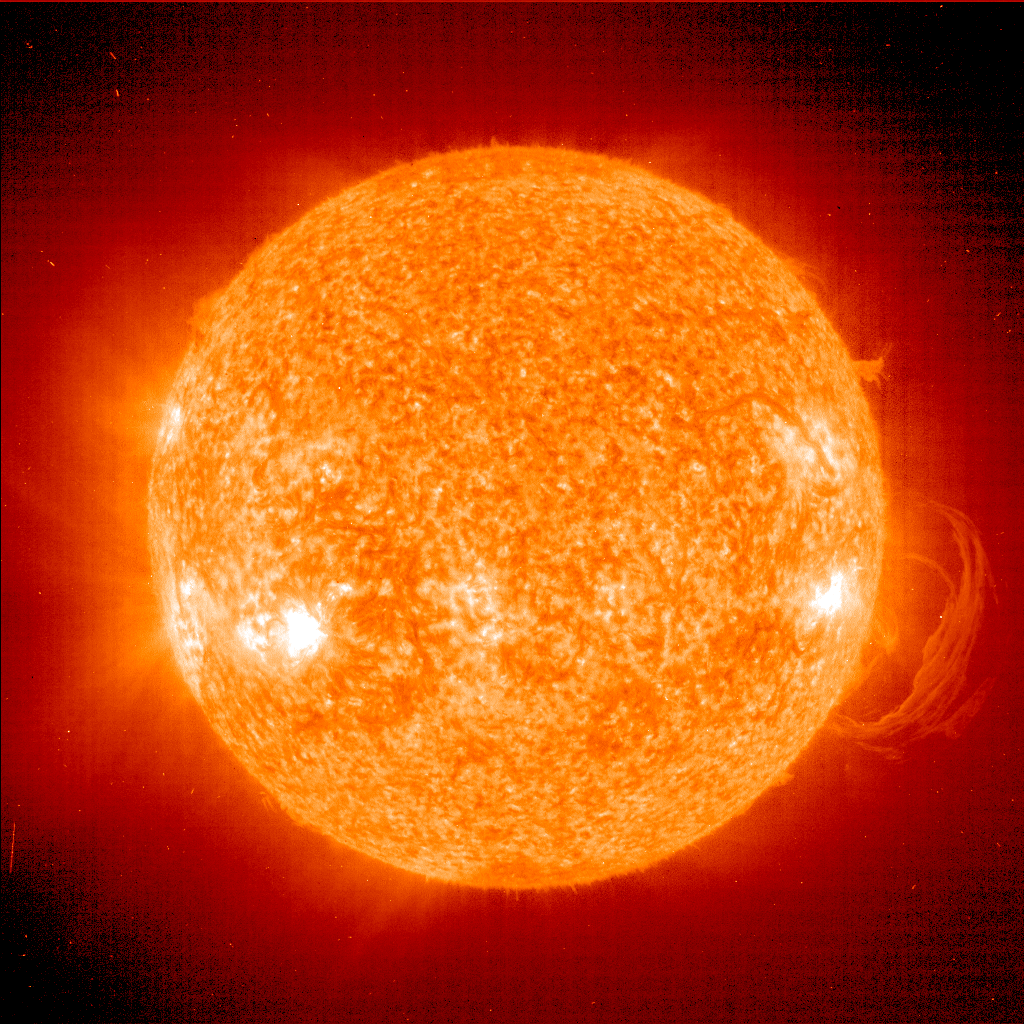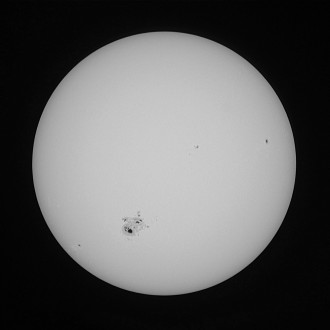It’s above us every day, it’s the brightest thing we can see, it gives life and nourishes the Earth, yet people rarely stop to admire the awesomeness that is our sun.
On Sunday, June 21, the Astronomy Club of Asheville will pay respect to that giant glowing ball, in celebration of International SUNday.
“We live our lives under the control of the sun. It controls weather, our food, how things are grown and most aspects of Earth, but most people don’t take the time to look up,” said Dominic Lesnar, president of the Astronomy Club of Asheville. “The sun is so dynamic, it’s an active nuclear fusion reactor. This is a big ball of plasma, fusing hydrogen and helium to make light.”
The group will be hosting solar observing through two special telescopes from noon to 3 p.m. at Reuter Terrace in Pack Square, across from the downtown fire station. The annual event celebrates a global day of solar observation in conjunction with the planet’s solstice, and is organized by Stephen W. Ramsden of The Charlie Bates Solar Astronomy Project.
The experts at the Astronomy Club of Asheville will be manning two refractor telescopes, with each one presenting a very different look at the sun. (And both equipped for safe viewing.)
A white light solar filter on one telescope will project a magnified image of the sun, blocking 99.999% of all solar light entering the telescope. This will enable viewers to possibly see sun spots on the sun’s photosphere.
The second telescope will be equipped with a Coronado Hydrogen-alpha glass filter. This is a narrow band, blocking filter that isolates one specific wavelength of visible light, allowing it through to the observer’s eye — the H-alpha spectral line of 6562.81 angstroms or 656.3 nanometers (a nanometer is 1 billionth of a meter.) The light coming through will appear reddish, and viewers will be able to see all the features of the sun’s chromosphere, which originates just above the photosphere.
Chromosphere features include flares, filaments and swirling plasma. The view through this filter is constantly changing.
Lesnar said observing everyday celestial objects such as the sun can start a chain reaction of curiosity for science lovers.
“This is about being excited for the natural world that we live in,” he said. “The sun is so far away, it takes its light more than eight minutes to get here. You start thinking, why does it take so long? This starts a spiral of questioning, and you start to look at stars differently. Then you can apply this knowledge to other stars and celestial bodies.”
If you attend International SUNday:
What: Two telescopes hosted by the Astronomy Club of Asheville setup for solar observing. Be among the first 100 visitors and receive a free pair of solar observing glasses.
When: Sunday, June 21, from noon to 3 p.m.
Where: Reuter Terrace in Pack Square, across from the downtown fire station. (At the corner of South Market Street and Court Plaza.)
Cost: This kid-friendly, educational event is free of charge. Continue to check the Astronomy Club of Asheville’s home page as weather could possibly cause the cancellation of this solar observing event. Check-in again after 10 a.m. on the morning of the observing session for the latest info and updates.





Before you comment
The comments section is here to provide a platform for civil dialogue on the issues we face together as a local community. Xpress is committed to offering this platform for all voices, but when the tone of the discussion gets nasty or strays off topic, we believe many people choose not to participate. Xpress editors are determined to moderate comments to ensure a constructive interchange is maintained. All comments judged not to be in keeping with the spirit of civil discourse will be removed and repeat violators will be banned. See here for our terms of service. Thank you for being part of this effort to promote respectful discussion.